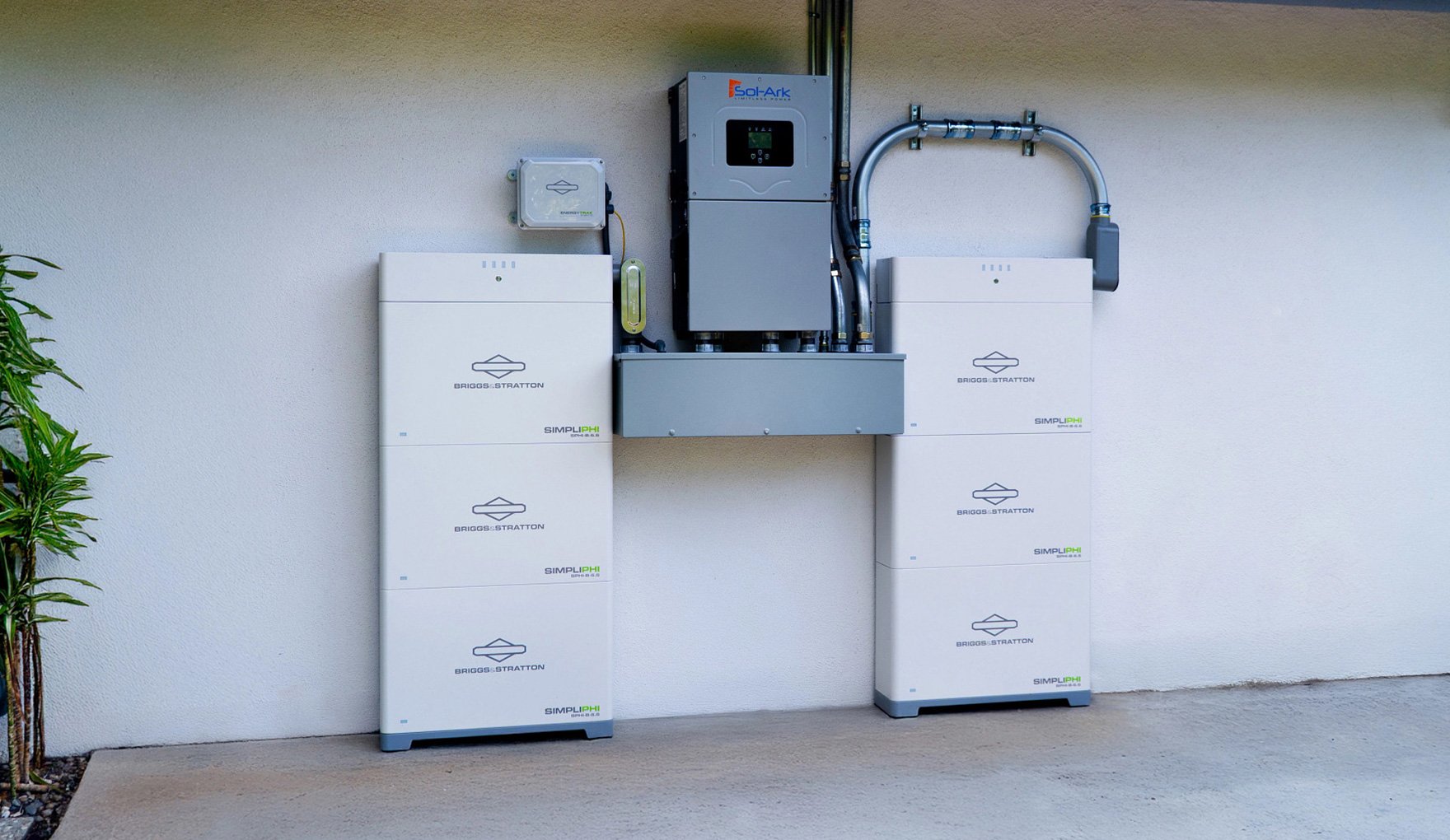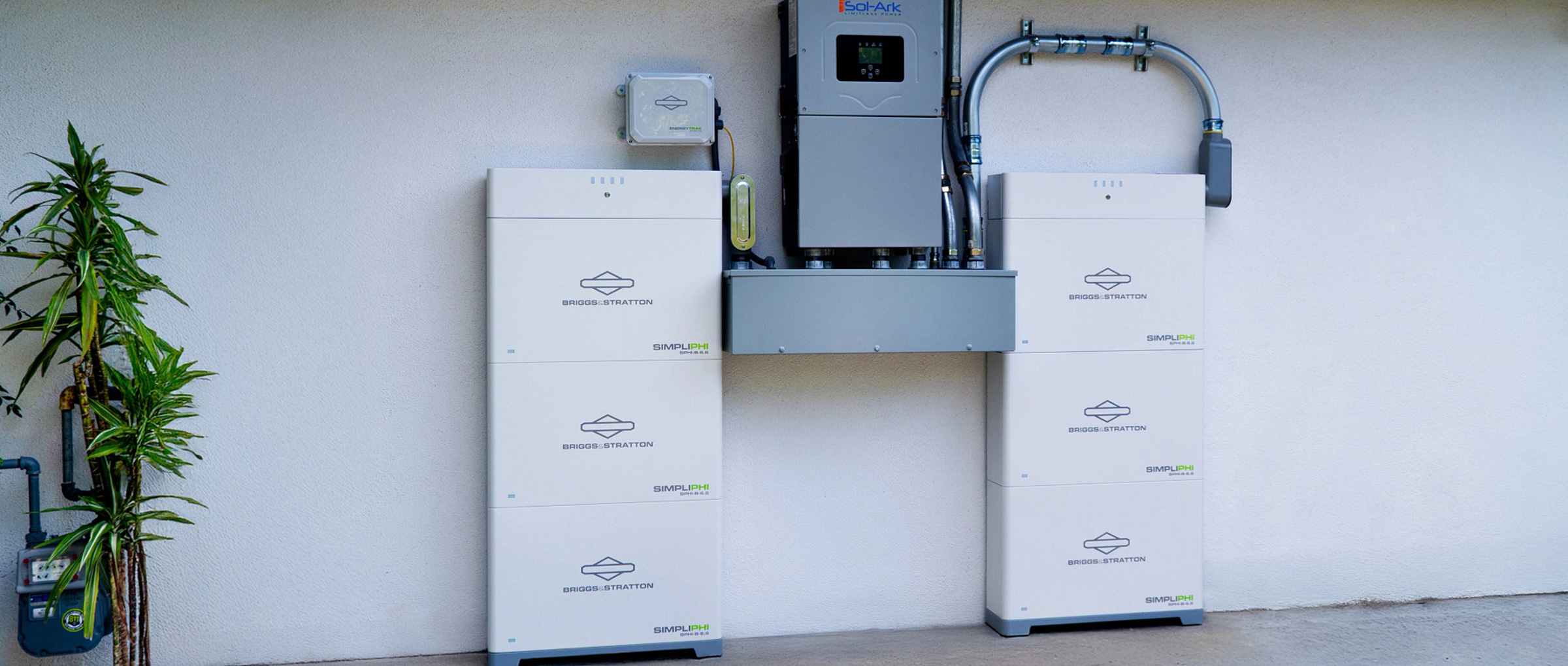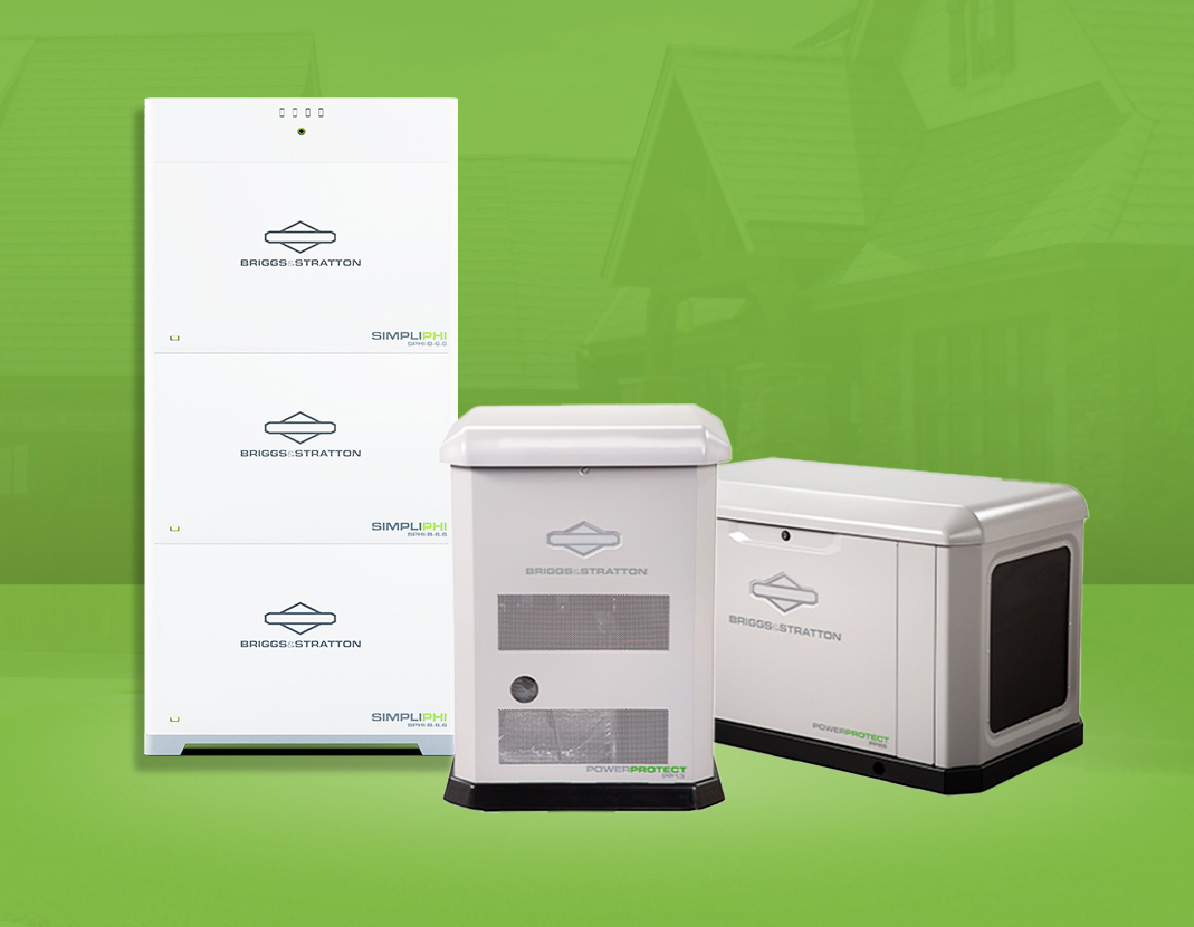Sequoya Cross, V.P. Energy Storage, Briggs & Stratton Energy Solutions
At Briggs & Stratton, we believe in empowering homeowners with reliable energy choices for independence, peace of mind and or cost savings.. That's why we're closely following recent developments in policy, particularly the proposed changes to the Investment Tax Credit (ITC) that could significantly impact the adoption of home batteries and other renewable technologies.
The ITC: A Catalyst for Energy Independence
The Inflation Reduction Act (IRA) of 2022 extended the Residential Clean Energy Credit (often referred to as the ITC) at 30% for systems installed through 2032, before a gradual phase-down. This incentive has driven down upfront costs, accelerating adoption, and fostering innovation in the clean energy sector.

What's on the Table: Proposed ITC Reductions
However, recent legislative proposals in the House of Representatives aim to alter or even repeal key provisions of the ITC, particularly for residential energy projects. While the specifics are still in flux, the core proposals include:
Accelerated Phase-Out for Residential Systems: The most impactful change for homeowners is the proposed elimination of the 30% Residential Clean Energy Credit as early as December 31, 2025, years ahead of its currently scheduled sunset in 2032. This proposal, from a draft bill in the House Ways and Means Committee, would terminate Section 25D of the U.S. Tax Code, giving the industry seven months to prepare before the tax credit completely disappears.
Faster Phase-Down for Commercial Projects: While the commercial ITC under Section 48E might remain temporarily, it faces an accelerated phase-down starting in 2029, dropping to 80% of its full value, then further reductions to 60% in 2030, 40% in 2031, and full elimination by 2032.
Tightened Deadlines for All Projects: New proposals suggest that to qualify for clean energy credits, construction must begin within 60 days of the bill's enactment, and the project must be placed into service (operational) by December 31, 2028. This compressed timeline could make it challenging for many projects to secure financing and complete installation within the new window. At the time of this blog, it appears that the IRS’ safe harbor policy would still apply, which also recognizes a 5% or more downpayment on the project as a project beginning.
Restrictions on Foreign Entities: The proposed bill also introduces expanded restrictions related to "foreign entities of concern" (FEOCs), potentially disqualifying projects with ties to certain foreign ownership, control, or key components.
For more information on these proposed changes, you can refer to this article from EnergySage: Congress Threatens to Kill Residential Solar Tax Credit.

The Impact on Home Batteries and Energy Independence
These proposed changes could have an adverse effect for homeowners looking to invest in home battery storage systems, such as the reliable solutions offered by Briggs & Stratton.
Increased Costs: The most immediate impact of an ITC reduction or repeal is an increase in the net cost of installing a home battery system. For many, the 30% tax credit represents thousands of dollars in savings, making energy storage a more viable investment. Without this incentive, the initial capital outlay will be higher, potentially making home battery solutions less accessible, especially for middle and lower-income households.
Slowed Adoption of Energy Storage: A higher price point could slow the growth of home battery adoption, hindering the broader transition to a more resilient and adaptable energy grid. Home batteries play a critical role in maximizing solar self-consumption, providing critical backup power during outages, and offering greater energy independence.
Market Uncertainty: The uncertainty surrounding the ITC's future can create hesitation among consumers and investors, impacting renewable energy project planning and development. This can lead to delays in installations and a less predictable market.

What Does This Mean for Homeowners and Businesses Interested in Renewable Energy?
While these proposals are still under consideration and their final outcome is uncertain, the current landscape emphasizes the importance of acting sooner rather than later if you've been considering a home battery or solar-plus-storage system.
If you are planning to invest in a home energy storage solution, now is a critical time to evaluate your options and connect with a certified installer. Many experts believe that projects installed and inspected by December 31, 2025, would still qualify for the current 30% Residential Clean Energy Credit, even if the proposed changes pass.
At Briggs & Stratton, we remain committed to providing robust and reliable energy solutions. We encourage you to stay informed about these policy discussions and consider how they might impact your home's energy future. Consult with a tax professional to understand the specifics of claiming any available credits and reach out to a Briggs & Stratton certified installer to explore how our systems can help you achieve greater energy independence and peace of mind.
Stay tuned to our blog for further updates on this evolving situation and more insights into maximizing your home's energy potential.




